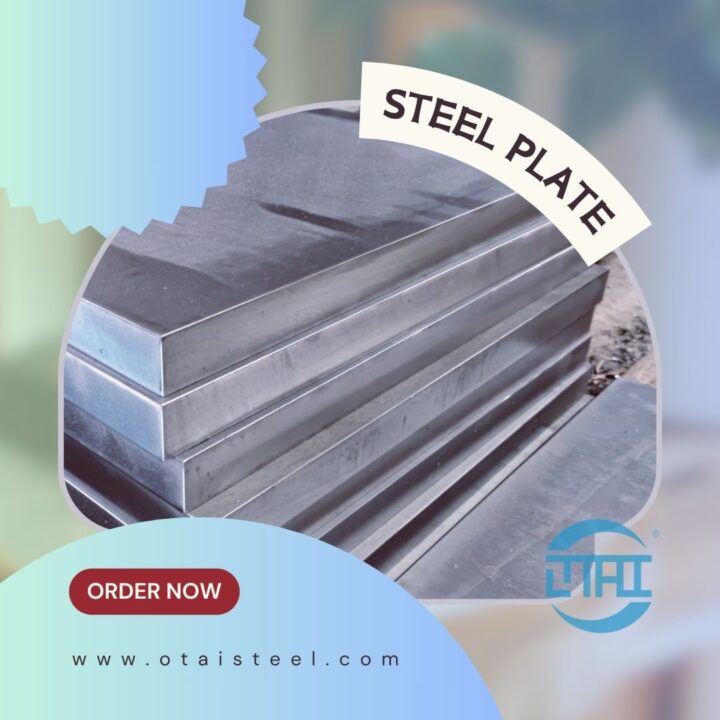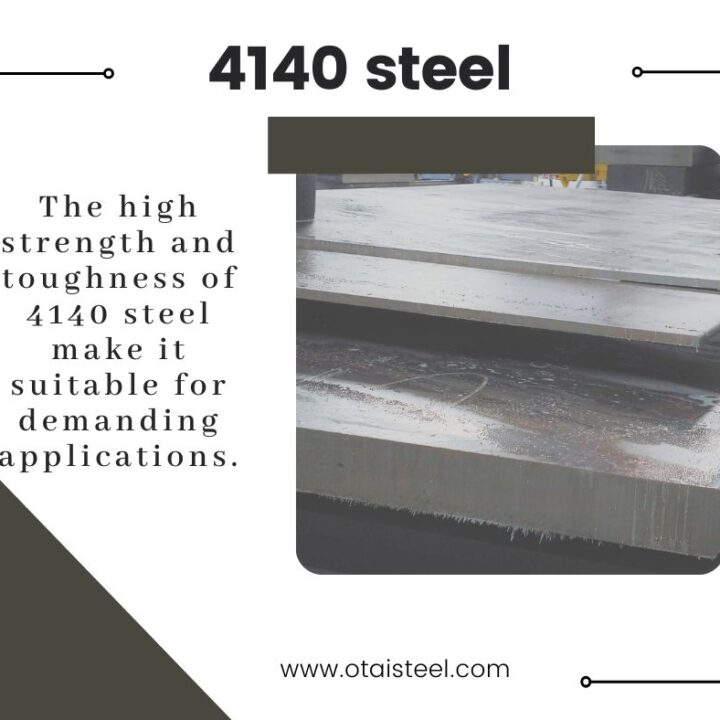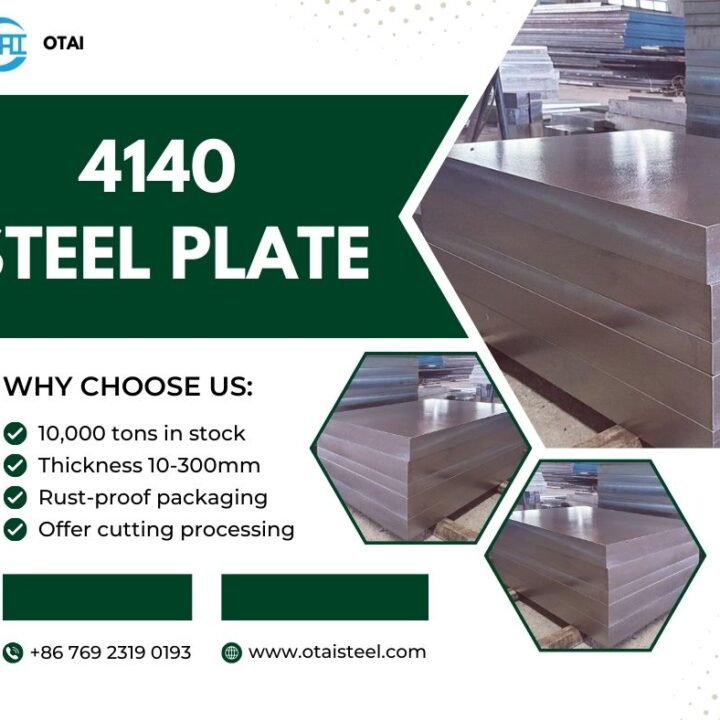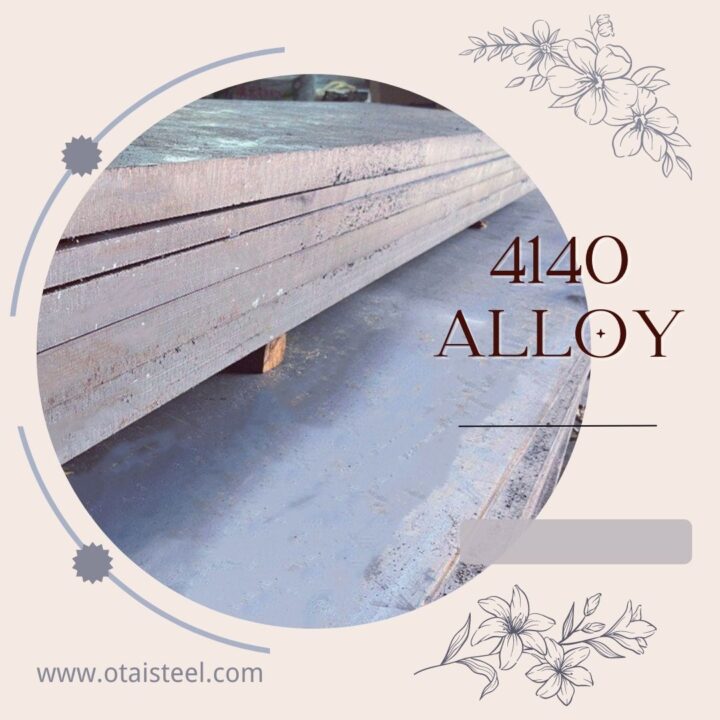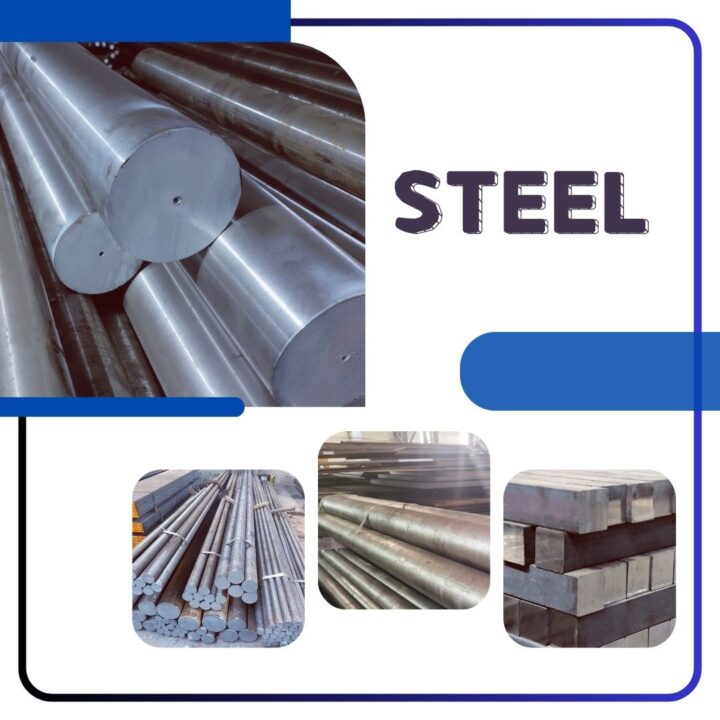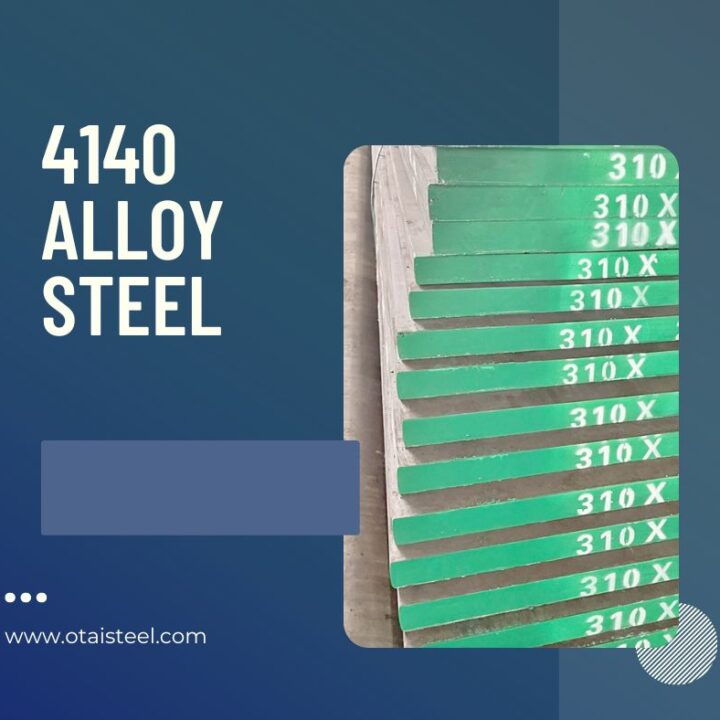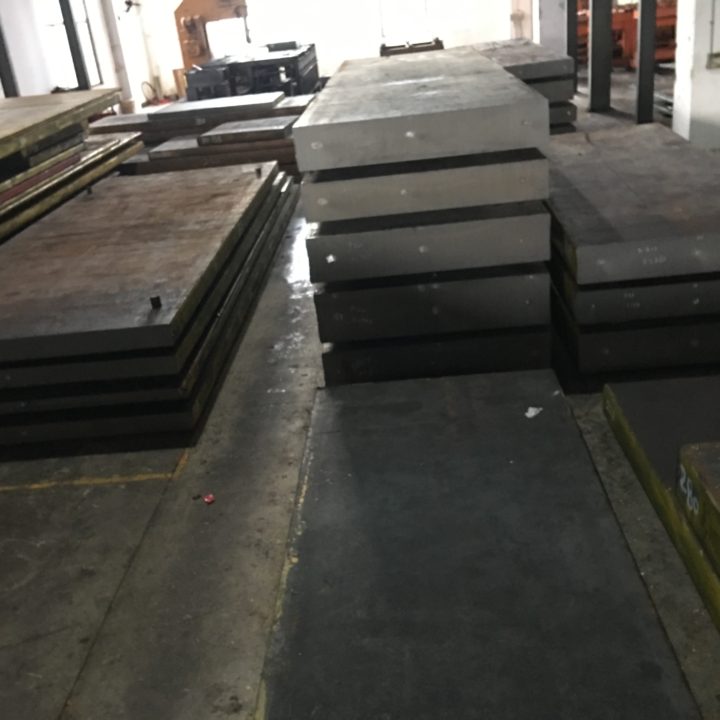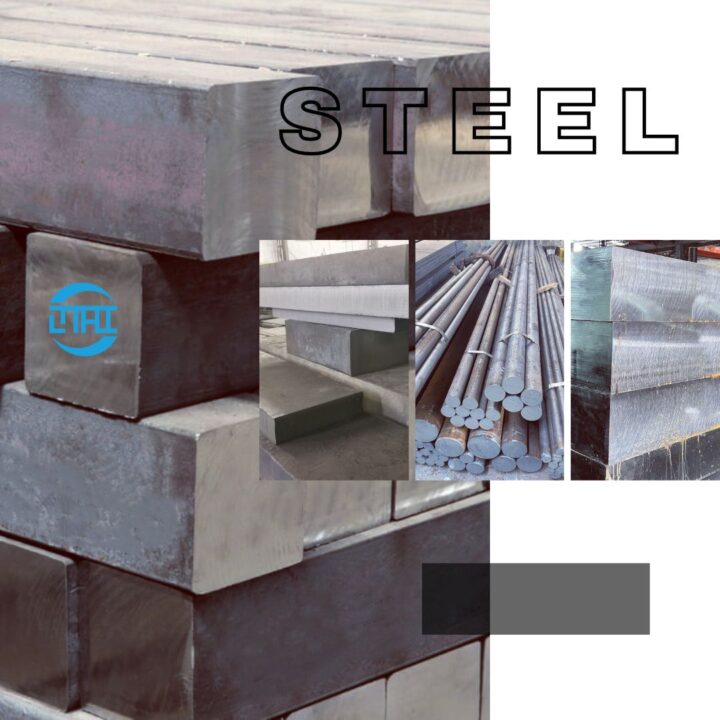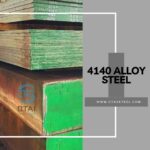The Essence of Tempering
1. Understanding 4140 Annealed Steel
Before diving into tempering, let’s grasp the fundamentals of 4140 annealed steel. This alloy comprises chromium, molybdenum, and carbon, and it undergoes an annealing process to achieve a refined microstructure.
2. The Role of Tempering
Tempering is a post-annealing process that involves reheating the steel to specific temperatures and then cooling it, ultimately striking a balance between hardness and toughness.
Achieving the Right Temper
3. Temperature Control
Precise temperature control during tempering is critical. Different tempering temperatures yield varying results, allowing manufacturers to tailor the steel’s properties to specific applications.
4. The Effect on Hardness
Tempering reduces the hardness of 4140 annealed steel compared to its as-annealed state. This is a crucial aspect for applications where excessive hardness could lead to brittleness.
5. Improving Toughness
The tempering process significantly enhances the toughness of the steel, making it less prone to fractures and capable of withstanding sudden impacts.
Applications Across Industries
6. Automotive Components
Tempering finds extensive use in the automotive industry, particularly for critical components like axles and crankshafts, where the balance between hardness and toughness is essential.
7. Tool and Die Manufacturing
Manufacturers of cutting tools and dies benefit from tempered 4140 annealed steel, ensuring their tools maintain sharpness while enduring the rigors of machining.
8. Construction and Structural Use
In construction, tempered 4140 annealed steel is utilized for structural components, combining the strength required for load-bearing structures with the toughness needed to withstand variable forces.
Customization through Tempering
9. Tailoring Properties
Tempering allows for the customization of 4140 annealed steel’s properties. Manufacturers can fine-tune hardness and toughness according to specific project requirements.
10. Heat Treatment Cycles
Different tempering cycles, such as single tempering or double tempering, provide flexibility in achieving the desired balance of strength and resilience.
The Art of Tempering
11. Process Control
Achieving the perfect temper requires meticulous control of the tempering process, including temperature, time, and cooling methods.
12. Quality Assurance
Quality control measures ensure that tempered 4140 annealed steel meets the specified hardness and toughness criteria, guaranteeing its reliability in applications.
